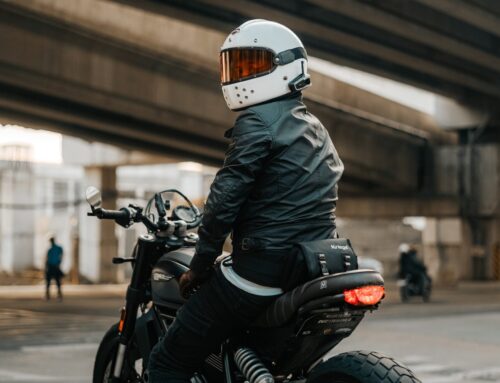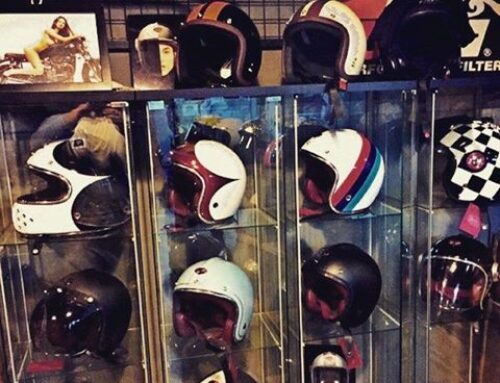Motorcycle cops are a familiar sight on the roads, efficiently navigating through traffic and ensuring public safety. One noticeable feature of their gear is the choice of open face helmets. While full-face helmets are commonly seen on regular motorcyclists, police officers often opt for open face helmets. This choice has sparked curiosity among the public, leading many to wonder why motorcycle cops prefer this particular type of helmet. In this article, we will explore the reasons behind the preference for open face helmets among motorcycle cops, emphasizing their safety, communication advantages, and practicality.
- Enhanced Communication
One significant reason why motorcycle cops opt for open face helmets is improved communication. When patrolling busy streets or handling traffic control, effective communication is vital for coordinating efforts and ensuring seamless operations. Open face helmets provide better auditory feedback and allow officers to communicate easily with each other and the public. This communication advantage is particularly beneficial during large events, demonstrations, or emergency situations, where clear and instant communication is crucial for maintaining order and safety.
- Increased Visibility and Approachability
Police officers need to interact with the public regularly, and the visibility of their facial expressions can play a significant role in building trust and approachability. An open face helmet enables officers to maintain eye contact and facial communication, making them appear more approachable and relatable to the community they serve. This aspect of open face helmets fosters a positive image of law enforcement and promotes a sense of community engagement.
- Quick Accessibility
In the line of duty, police officers need to access their equipment swiftly. Open face helmets facilitate quick accessibility to communication devices, radio systems, and other essential tools, such as flashlights or sirens. Unlike full-face helmets, which require removing the entire helmet to access such equipment, open face helmets allow officers to reach their tools without compromising safety or slowing response times.
- Situational Awareness
Motorcycle cops need to be highly aware of their surroundings while on patrol. Open face helmets offer a broader field of view compared to full-face helmets, which can improve situational awareness. This increased peripheral vision enables officers to spot potential hazards, monitor traffic patterns, and respond more effectively to unpredictable situations on the road.
- Comfort and Air Circulation
Long hours spent on patrol demand comfortable and breathable safety gear. Open face helmets provide better ventilation, ensuring a steady flow of air to the officer’s face. This feature is especially beneficial in hot climates, as it helps prevent overheating and discomfort during extended periods of duty.
- Community Policing and Public Relations
The use of open face helmets aligns with the principles of community policing. When officers engage with the public, the visibility of their faces promotes transparency and a humanizing aspect of law enforcement. This approach can positively impact community relations, making it easier for motorcycle cops to establish rapport and gain public cooperation.
- Helmet Weight and Fatigue Reduction
Open face helmets are generally lighter than their full-face counterparts. The reduced weight can alleviate fatigue during long shifts, enabling officers to stay focused and attentive while on duty. This fatigue reduction is essential for maintaining peak performance and ensuring the safety of both officers and the public they serve.
Conclusion
In conclusion, the preference for open face helmets among motorcycle cops can be attributed to a combination of factors, including enhanced communication, increased visibility, quick accessibility, improved situational awareness, comfort, and community-oriented policing. The choice of open face helmets is not merely a matter of personal preference; rather, it is a strategic decision aimed at maximizing safety, communication, and community engagement while on duty.
By understanding the rationale behind this selection, we gain insight into the considerations that law enforcement agencies make to ensure the efficiency and effectiveness of motorcycle patrols. The adoption of open face helmets by motorcycle cops exemplifies how safety gear can be tailored to meet specific operational requirements, ultimately contributing to safer roads and stronger bonds between law enforcement and the communities they serve.





